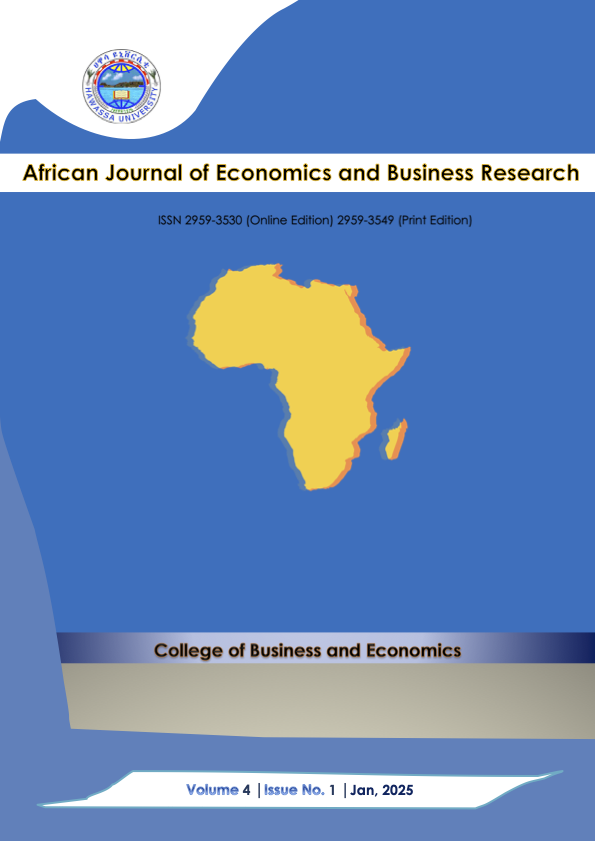Examining the Impact of Remote Work on Employees, Employers, and the State in Nigeria
DOI:
https://doi.org/10.20372/b9gr4862Keywords:
Employees, Employment Relations, Government, Remote WorkAbstract
Abstract
The rise of remote work, accelerated by the COVID-19 pandemic, has created significant challenges for employees, employers, and the government, complicating the management of remote teams while striving to maintain productivity and organizational cohesion. The central problem addressed in this study is the deteriorating state of employment relations marked by downsizing and layoffs, particularly in the private sector in Nigeria. This study aims to analyze the impact of remote work on these stakeholders through a systematic and thematic review based on PRISMA guidelines. Twenty four publications from 2013 to 2023 were reviewed, sourced from Google Scholar, DOAJ, Scopus, and Web of Science. The findings indicate that while organizations are beginning to adopt tools for remote work and virtual communication, these resources are primarily accessible to larger companies due to associated costs. Additionally, the study highlights the pressing need for enhanced infrastructure and structural improvements to support remote work at a societal and economic level. In conclusion, the study recommends that the government enhance infrastructural development and that organizations implement better strategies for remote work. Furthermore, individuals should pursue advancements in technology to adapt to the changing landscape. These recommendations aim to promote sustainable employment relations and economic development in Nigeria in light of the evolving digital economy.
Downloads
Published
Versions
- 2025-02-10 (4)
- 2025-02-06 (3)
- 2025-02-04 (2)
- 2025-02-04 (1)
Issue
Section
License
Copyright (c) 2025 Mutiu Adeyinka, Gbajumo-Sherrif Mariam. A, Tunde Elegbede S.

This work is licensed under a Creative Commons Attribution 4.0 International License.
This is an Open Access article distributed under the terms of the Creative Commons Attribution License (http://creativecommons.org/ licenses/by/4.0/), which permits unrestricted use, distribution, and reproduction in any medium, provided the original work is properly cited. The terms on which this article has been published allow the posting of the Accepted Manuscript in a repository by the author(s) or with their consent.

